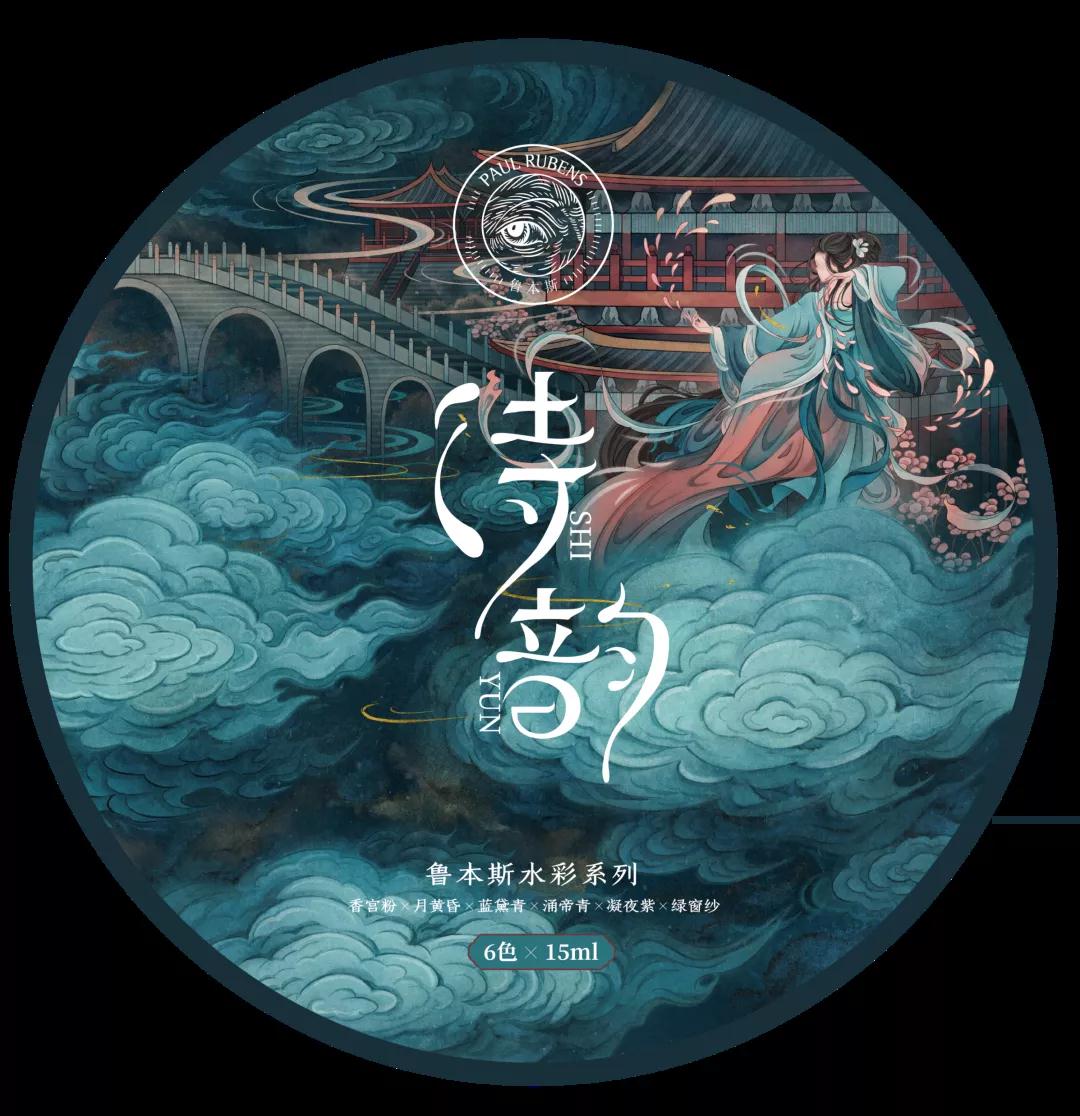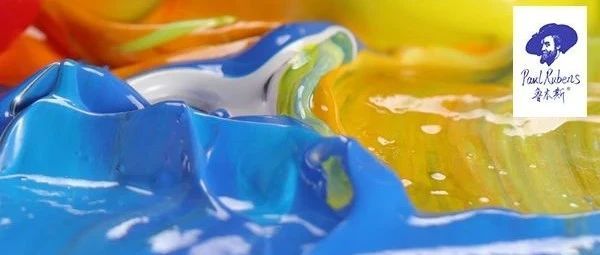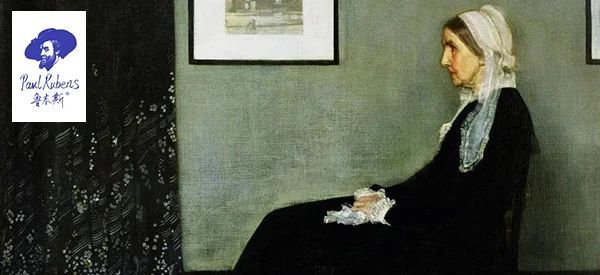Watercolors|What exactly is the difference between artist grade and academy grade?

Do you see the gap? Of course, you can also search Taobao for other college-level and artist-level price comparisons, but also a bit of a roller coaster ride.
Highlights
Coming
What exactly is the essential difference between artist grade and college grade watercolor paints? Why is there such a big price difference?
To answer the above question, the most important thing is to clarify what is the essential difference between artist grade and academy grade watercolor paints?
This question starts from the composition of watercolor pigments

Through the picture above, we can see that watercolor pigment is actually composed of color + color carrier (usually gum Arabic) + some other auxiliary materials, such as: cow bile, honey, preservatives, etc.
So back to the original question, the biggest difference between artist level and academy level is the difference of color pigment.
In order to illustrate this problem more clearly, we can first take a look at some college-level watercolor cards.
Xiao Shi 24 color cards

某法国进口品牌的学院级12色色卡

某荷兰进口品牌的24色学院级色卡

The color card of a high college level shown above, the dark cobalt blue marked with blue box, its color material is the mixture of PB29 and PW4, PB29 is actually ultramarine; stone green; Buddha green, not the real cobalt blue, its coloring power and covering power are lower. The real cobalt blue is PB28 (cobalt aluminate), which has a bright color and excellent weather resistance. It is also more expensive than the average inorganic pigment. If you have bought many brands of watercolor pigments, you may have noticed that the cobalt blue in the college grade is basically a lower cost mix and not the real cobalt blue.
In addition, those marked with orange boxes can be seen to be a mixture of two colors. Anyone who has mixed colors knows that when two or more colors are mixed, they will inevitably lose a certain degree of color intensity and brightness. Therefore, in addition to some special colors, it is better to have more single pigment options, because single pigment ensures a broader choice of pigments and pigment characteristics or color positions, such as: hue, transparency, coloring power, etc. It allows the creator to create more possibilities in color mixing.

Different characteristics of single color blue

Different properties of individual pigment reds
The more mixed pigments are also very common in college grade watercolor paints, because of the price, the production cost is necessarily not too high, so more low cost pigments will be used and synthesized.
On the contrary, you will find some interesting phenomena in the artist grade color cards.
A French imported brand of artist grade part of the color card

某美国进口品牌的艺术家级色卡

鲁本斯艺术家级部分颜色色卡




Interested students can find some college-level and artist's color cards to compare
Tips
After the comparison, we will find that, in addition to cobalt blue, it is more common to use synthetic cadmium red or cadmium yellow to replace the real cadmium red of PR108 or cadmium yellow of PY35. The cobalt violet of mixed pigment is used to replace the real PV14 cobalt violet, or other cobalt pigments. This is dictated by the tens of times difference in price between the color pigments. This is one of the important factors for the large price difference between Academy grade and Artist grade.
The light resistance of the pigment is also a very important indicator. In Academy grade watercolor pigments, the light resistance of the pigment is usually not particularly strict, while in Artist grade watercolor pigments, the light resistance and durability of the pigment are more strict, because it is related to the preservation of the artist's works. Naturally, the cost of production will also increase accordingly.
Of course, there is another situation where the artist grade and the academy grade use the same pigment, but the percentage of the pigment is different, as shown in the figure.

The color pigments in the diagram do not refer to a specific color, but to all colors in general
The difference between them can be clearly seen from the diagram. Due to their different proportions, the final color saturation and coloring power of the pigment will change, which is simply a question of whether the color is pure or not.
A pigment with a high degree of purity will naturally have a more pronounced coloring, diffusion and rendering effect, which is the reason why artist grade pigments can produce good results with a little bit.
Difference between Academy Grade and Artist Grade Colorants
Cadmium system
Cadmium Yellow, Cadmium Red and Academy Grade are mostly replaced by synthetic ones, while Artist Grade uses real Cadmium Yellow PY35 and Cadmium Red PR108.
Cobalt system
Cobalt blue, college grade is commonly used in place of PG29+PW4/PW6, artist grade is the real cobalt blue PB28.
Cobalt violet, Academy grade cobalt violet is also mixed instead of the common combination of PV19 + PV23 + PW6, the artist grade with PV14 or PV47.
Cobalt green, the college grade more mixed color instead, the artist grade is used in PG50.
In the artist grade, there are PB36 green phase or blue-green phase cobalt-chrome blue color and PG26 cobalt-chrome green.
In addition, Cadmium Yellow and Cadmium Red have overlay, while Ultramarine is a translucent and transparent color.
At this point, do you have some idea about the watercolor pigments of Academy and Artist?
Of course, the above is only the essential difference between artist grade and college grade watercolor paints, and does not advocate a certain pigment, you should choose according to your actual situation when choosing!





